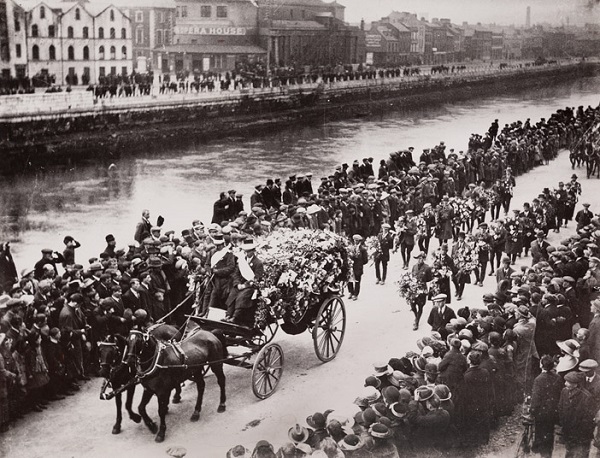Tomás Mac Curtain [MacCurtain]
Life
| 1884-1920; nationalist and Mayor of Cork, murdered by the RIC; b. 20 March 1884, Ballyknockane, Mourne Abbey, Co. Cork; son of namesake farmer and Julia [née] Sheehan; ed. Burnfort Nat. School; moved to Cork with family, 1897; attended North Monastery School [CBS]; joined the Blackpool branch of the Gaelic League [Conradh na Gaeilge] and taught Irish; elected secretary, 1902; initially employed as a clerk and opened his own small clothing factory (Artan), in Thomas Davis St., living above with his family; joined Sinn Fein, 1907; m. Elizabeth Walsh [Eibhlís Breathnach], 28 June 1908, with six children, one of whom died in childhood; |
| joined Fianna Éireann, 1911, and the Irish Volunteers at its foundation in 1913; commanded 1,000 Irish Volunteers in Co. Cork; awaited orders from Dublin at the Sheares Street HQ; agreement reached with Captain F. W. Dickie, aide-de-camp to Brigadier General W. F. H. Stafford (GOC, Cork) led to surrender of Volunteer arms to Thomas C. Butterfield, then Lord Mayor - to be returned later; jailed for 18 months and held in Wakefield, Frongoch, and Reading prisons; returned to Ireland and assumed rank of Commandant in the Irish Republican Army [IRA]; attended Sinn Fein Ard-Fheis in Dublin’s Mansion House, 25-26 Oct. 1917; |
| Appt. Brigade Commander of Cork No. 1 battalion, 1918; created three brigades and reorganised existing battalions; engaged Cumann na mBan to cater for Volunteers during Conscription Crisis; involved with the Squad in attempted assassination of Lord French; elected Sinn Féin councillor for N.W. Ward No. 3, Cork, Jan. 1918; appt. Lord Mayor by councillors; undertook political reforms in the city; assassination by a shot to the head in front of his wife and son by men with blackened faces, at his home in Thomas Davis St. on 20 March 1920 - his birthday; his killers identified as members of the Royal Irish Constabulary (RIC) by the Coroner’s inquest which passed a verdict of willful murder against British Prime Minister Lloyd George and particular RIC officers involved; |
| RIC District Inspector Oswald Swanzy, who allegedly ordered the attack, was assassinated with Mac Curtain’s own revolver while leaving church in Lisburn, Co. Antrim, 22 August 1920 - reputedly sparking attacks on Catholics in that town; Mac Curtain is buried in St. Finbarr’s Cemetery, Cork; there is memorial outside Cork City Hall (‘Tomás Mac Curtain 1884-1920 / Ardmhéara Chorcaí 30 Eanáir-20 Márta 1920’); his successor Terence MacSwiney died while on hunger strike in Brixton prison; a son Tomás Óg (1915-1994) was a leading member of the IRA Executive was charged with the death of Garda Síochána Detective Roche during an attempted arrest on 3 January 1940; sentenced to death and reprieved; released after seven years; served on the IRA executive during the Border Campaign. [See Wikipedia entry - online.] |
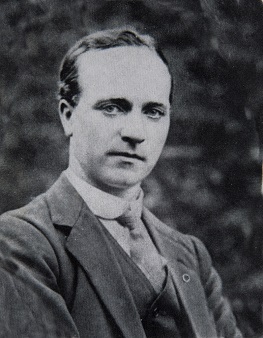 |
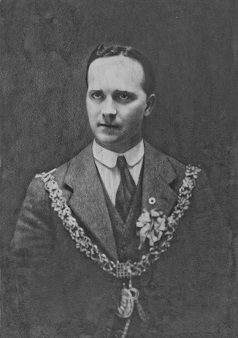 |
| Events around the funeral of Tomás Mac Curtain | ||
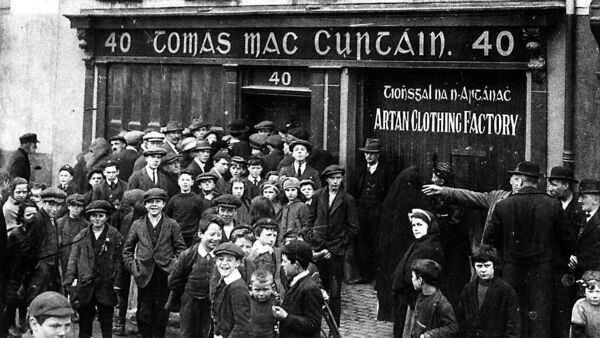 |
||
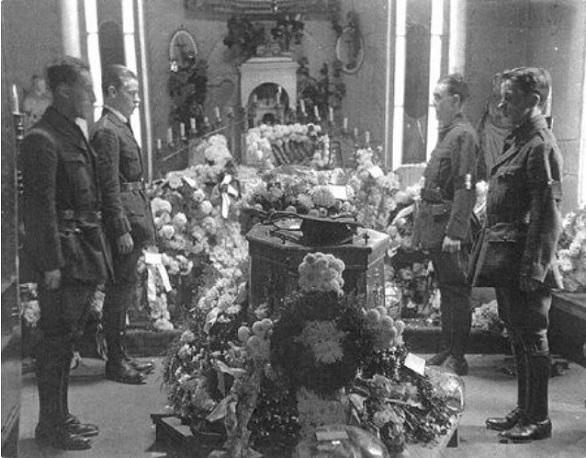 |
||
|
||
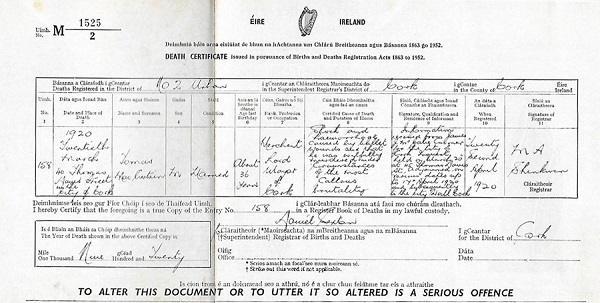 |
[ See ‘Suffering the Most’ an exhibition around the lives and deaths of Tomas Mac Curtain and
Terence MacSwiney, curated by Cork Public Museum (2020) - online; accessed 06.06.2021 ]
[ top ]
Criticism
Fionnula MacCurtain, Remember It’s for Ireland: A Portrait of Tomás MacCurtain (Cork: Mercier Pres 2006), 224pp. See also Robert Ramsay, Ringside Seats: An Insider’s View of the Crisis in Northern Ireland (Dublin: IAP 2009) for an account of the pogrom-burnings in Lisburn in retaliation for the assassination of Inspector Swanzy.
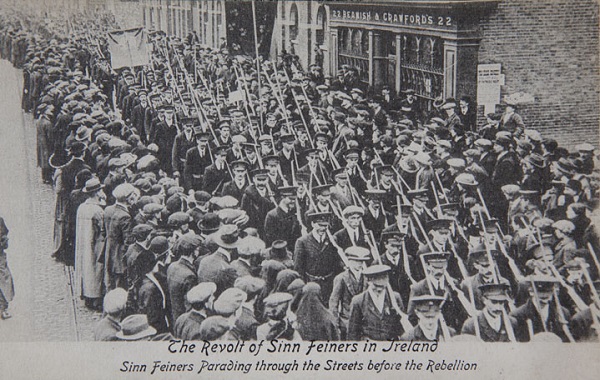 |
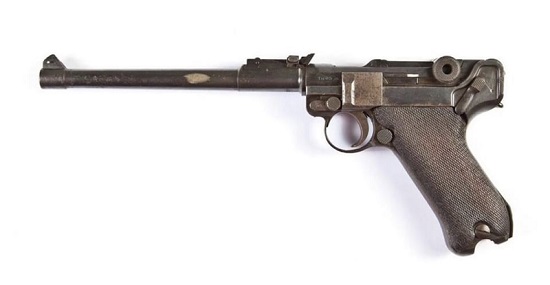 |
| Note: Mac Curtain owned a 1917 Lugar P-08 pistol which was used after his death in the assassination of Detective-Inspector Oswald Swanzy, deemed to be responsible for his death. The retaliatory killing, which took place in Lisburn, Co. Down, sparked one of the fiercest pogroms of the period in Northern Ireland. The hand-picked men involved in the mission were debriefed in Dublin by Michael Collins, who is said to have had a personal interest in the action and the gun was then returned to his widow. |
| —Posted on Irish Military History Facebook Group - 06.06.2021. |
[ top ]
